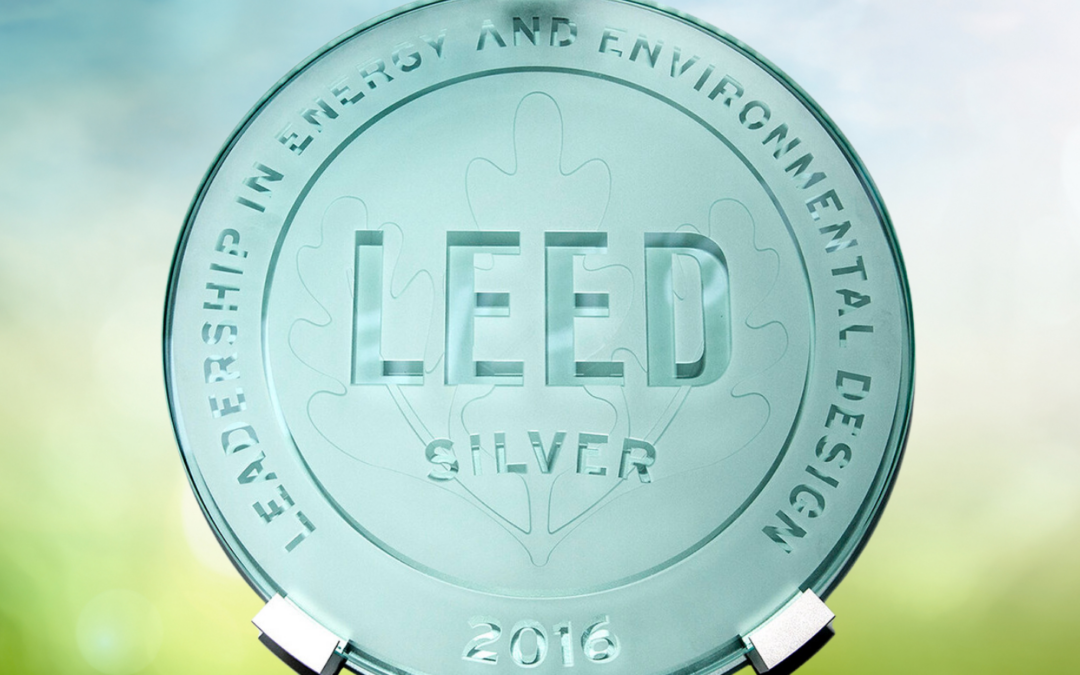Achieving LEED Certification with High-Performance Curtain Walls
In the world of sustainable building practices, achieving LEED (Leadership in Energy and Environmental Design) certification is the ultimate symbol of excellence. It requires buildings to meet stringent criteria for energy efficiency, environmental impact, and occupant well-being. High-performance curtain walls are a crucial element in achieving sustainability goals and attaining LEED certification.
Energy Efficiency
High-performance curtain walls are designed to enhance a building’s energy efficiency by minimizing heat transfer and reducing energy consumption. They feature advanced thermal insulation materials, low-emissivity coatings, and effective air sealing. Incorporating high-performance curtain walls can improve a building’s energy performance, earning valuable LEED credits.
Daylighting and Views
In addition to energy efficiency, LEED certification also prioritizes providing occupants with natural light and views. High-performance curtain walls play an essential role in achieving this goal. These curtain walls are designed to maximize daylighting while minimizing glare and heat gain. They allow ample natural light to penetrate the building, creating a bright and inviting environment. Additionally, high-performance curtain walls offer occupants views of the surrounding landscape, connecting them with the outdoors. Incorporating these curtain walls can earn LEED credits in categories like daylighting and views.
Indoor Environmental Quality
Creating a healthy and comfortable indoor environment is another key aspect of LEED certification. High-performance curtain walls contribute to indoor environmental quality in multiple ways. They incorporate features like acoustic insulation, proper ventilation, and thermal comfort. These curtain walls help improve indoor air quality, reduce noise pollution, and maintain optimal temperature conditions. By selecting high-performance curtain walls that prioritize occupant well-being, buildings can earn LEED credits in the indoor environmental quality category.
Sustainable Material Selection
LEED certification also encourages the use of sustainable materials to reduce environmental impact. High-performance curtain walls can contribute to this goal by incorporating environmentally friendly materials. For example, many curtain walls feature aluminum frames with a high percentage of recycled content. By selecting curtain walls with sustainable attributes, buildings can earn LEED credits in the materials and resources category. This promotes responsible resource use and reduces environmental impact.
In conclusion, high-performance curtain walls play a crucial role in achieving LEED certification for buildings. These advanced architectural systems not only enhance energy efficiency and thermal performance but also contribute to improved indoor air quality and occupant comfort. By opting for high-performance curtain walls, professionals can ensure their buildings meet the stringent sustainability standards of LEED certification. For more information on how these innovative solutions can benefit your project, please contact us.
LEED Rating System
LEED Certified = 40-49 points earned
LEED Silver = 50-59 points earned
LEED Gold = 60-79 points earned
LEED Platinum = 80+ points earned
